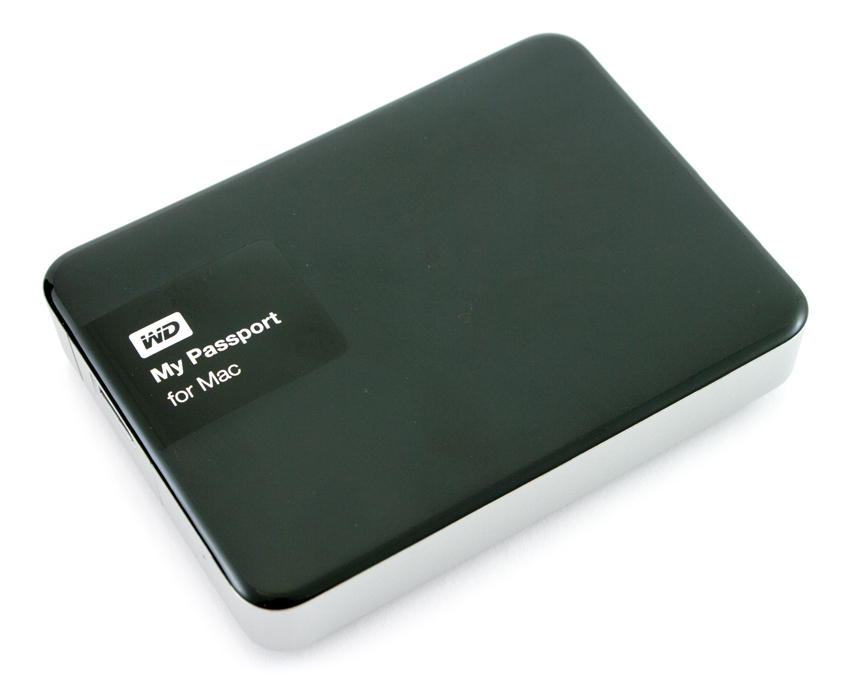Wd Passport For Mac Reader On Windows
When it is done, this bar will go away and the drive should now be listed on the desktop. If additional assistance is required, or more information is needed, please. Do not use the answer rating below to report technical issues.
CNET's forum on computer help is the best source for finding the solutions to. Windows, viruses, security, as well as networks and the Internet. How to format WD passport to use on MAC and PC.
If not, and you have a Firewire 800 port, then you'll get better performance with a Firewire drive rather than USB. E.g. Colors not showing on outlook for mac in email. however, Firewire is on the way out and you might not find one at the physical size and capacity you want, and will probably pay a bit of a premium. Plus, if you have an Air or a vanilla MacBook its USB or nothing.
• Read only NTFS from native Mac OS X • To Read/Write/Format NTFS from Mac OS X, here are some alternatives: • For Mac OS X 10.4 or later (32 or 64-bit), install Paragon (approx $20) (Best Choice for Lion) • Native NTFS support can be enabled in Snow Leopard and Lion, but is not advisable, due to instability. • AirPort Extreme (802.11n) and Time Capsule do not support NTFS • Maximum file size: 16 TB • Maximum volume size: 256TB • You can use this format if you routinely share a drive with multiple Windows systems.

Wd Passport For Mac Reader On Windows 10
There is a WD SES Driver that should get installed when this device is hooked up from Windows 10, would be listed below Universal Serial Bus Controllers in Device Manager and only visible when hooked up unless you select under View in the Menu and check 'Show Hidden Devices'. Also shown as WD My Passport in Disk Drives in the Device Manager. Show in Devices and Printers and on taskbar notification area as Safely Remove?
To partition and format the drive with Disk Management, follow these steps: • Right-click on Start, the Windows logo on the bottom-left of the screen, and click Disk Management. • In the Disk Management window, the lower pane will display a list of available drives. Identify the drive that needs to be partitioned and formatted, and make sure that all critical data on this drive has been backed up elsewhere. If there is already a partition on the drive, the bar above that drive will appear blue.
To disable the VCD, follow the steps below. Critical: Before disabling your VCD you must update your drive firmware. For assistance updating the firmware on your drive please see.
Edit: exFAT would work pretty well for you actually. But only if you have windows 7/8 and OSX snow leopard or newer.
Hello Zanaelf If you look at the format of the external hard drive, it is probable setup to NTFS and is something that Macs can read and copy from but cannot write to it. The only way you can do that is to reformat the drive to either so that it will be for Macs to write to or you can format it to FAT and it can read and write to both. Check out the articles below for more information. Also check out the other discussion that I provided as another user found a 3rd party piece of software that may assist you further if you do not want to reformat the drive. Regards, -Norm G. Hello Zanaelf If you look at the format of the external hard drive, it is probable setup to NTFS and is something that Macs can read and copy from but cannot write to it. The only way you can do that is to reformat the drive to either so that it will be for Macs to write to or you can format it to FAT and it can read and write to both.
For assistance initializing a hard drive, please see. If there is already a partition on the drive, the bar above that drive will appear blue. This indicates that the drive is already formatted and may contain data. Make sure that all critical data on this drive has been backed up elsewhere. When ready to proceed, right-click on the blue bar and choose Delete Volume. The bar should now be black. • Now right-click on the unallocated space or the black bar to see a menu of available options, and click on New Simple Volume • The Welcome to the New Simple Volume Wizard will appear.
Seems like you said you deleted or uninstalled all USB Hub, USB Mass Storage and USB SuperSpeed Hubs from Device Manager and rebooted to reinstall and this did not work. Since your upgrade have you updated Chipset drivers for your system and any other important system driver? Do you see under Universal Serial Bus Controllers - USB 3.0 eXtensible Host Controller. If the bus on the Passport is 2.0 that would also explain the problem.